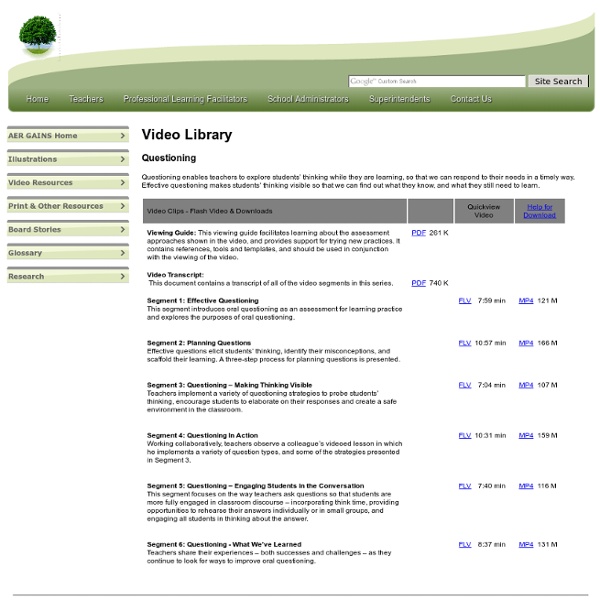



The iPad Guide - How to Get the Most Out of the iPad When the iPad was released, Steve Jobs called it "magical". And in many ways, he was right. The iPad is a great device capable of doing everything from streaming movies to entertaining you with great games to becoming your digital library to simply letting you surf the web on your couch. Unfortunately, one of it's magical qualities isn't to instantly allow you to know all of the great ways to use the device. This iPad guide will teach you everything from how to go about picking out the right iPad to the basics of how to go about using it to how to get the most out of it. How to Buy an iPad Perhaps the most important thing this iPad guide can teach you is how to go about buying an iPad. Getting Started With the iPad If you are a new owner unfamiliar with Apple's iOS devices, it's okay to feel a little lost. Getting the Most Out of the iPad Now that you are navigating the interface like a pro, it's time to find out how to squeeze the most out of the iPad. A Parent's Guide to the iPad
4 Strategies to Spark Curiosity British archaeologist Mary Leakey described her own learning as being "compelled by curiosity." Curiosity is the name we give to the state of having unanswered questions. And unanswered questions, by their nature, help us maintain a learning mindset. When we realize that we do not know all there is to know about something in which we are interested, we thirst. Strategy One: Equip Students to Ask Questions At its essence, curiosity is asking questions and pursuing answers. We often ask students if they have any questions, but we rarely teach them how to ask advantageous questions. Strategy Two: Provide a Launch Pad Even if students have mastered the full range of question forming, it is difficult to inquire about topics with which they have no familiarity. Strategy Three: Cast a Wide Net During the information gathering phase of learning, the brain does its best work in an active and receptive state. Keep the search active by praising student efforts to discover novelty. References
Teachable: Top Quality Teaching Resources Questioning Toolkit Essential Questions These are questions which touch our hearts and souls. They are central to our lives. They help to define what it means to be human. Most important thought during our lives will center on such essential questions. What does it mean to be a good friend? If we were to draw a cluster diagram of the Questioning Toolkit, Essential Questions would be at the center of all the other types of questions. All the other questions and questioning skills serve the purpose of "casting light upon" or illuminating Essential Questions. Most Essential Questions are interdisciplinary in nature. Essential Questions probe the deepest issues confronting us . . . complex and baffling matters which elude simple answers: Life - Death - Marriage - Identity - Purpose - Betrayal - Honor - Integrity - Courage - Temptation - Faith - Leadership - Addiction - Invention - Inspiration. Essential Questions are at the heart of the search for Truth. Essential Questions offer the organizing focus for a unit.
Freetech4Teachers This page is where you can find resources related to my presentations about creating effective blogs and websites to complement instruction. How to create a Blogger blog. How to turn on comment moderation in Blogger. How to add or subtract contributors to your Blogger blog. How to create an Edublogs blog. How to create a Wordpress.com blog. How to create a Posterous blog. The Basics of Creating and Editing a Wikispaces Wiki.More, including a video tutorial, about using Wikispaces. Creating a Google Sites website. Ten Options for Creating Websites. Yola (formerly Synthasite) is the tool that I am currently using to build websites for my department and other departments in my high school. Webs (formerly Free Webs) is another service that I have first-hand experience with in a school setting because my girlfriend (a teacher in another school district) uses it for her classes. Snap Pages provides a free service as well as a premium service for creating your custom website.
Cool Tools for Schools LiveBinders Tutorial 3: Unlimited Tabs and subtabs Technology and Education | Box of Tricks LiveBinders Tutorial 1: The Set Up